2020 vision: 10 industry predictions – what will thrive, what won't survive?
What does 2020 have in store for cameras and the photographic industry? Here are our predictions!
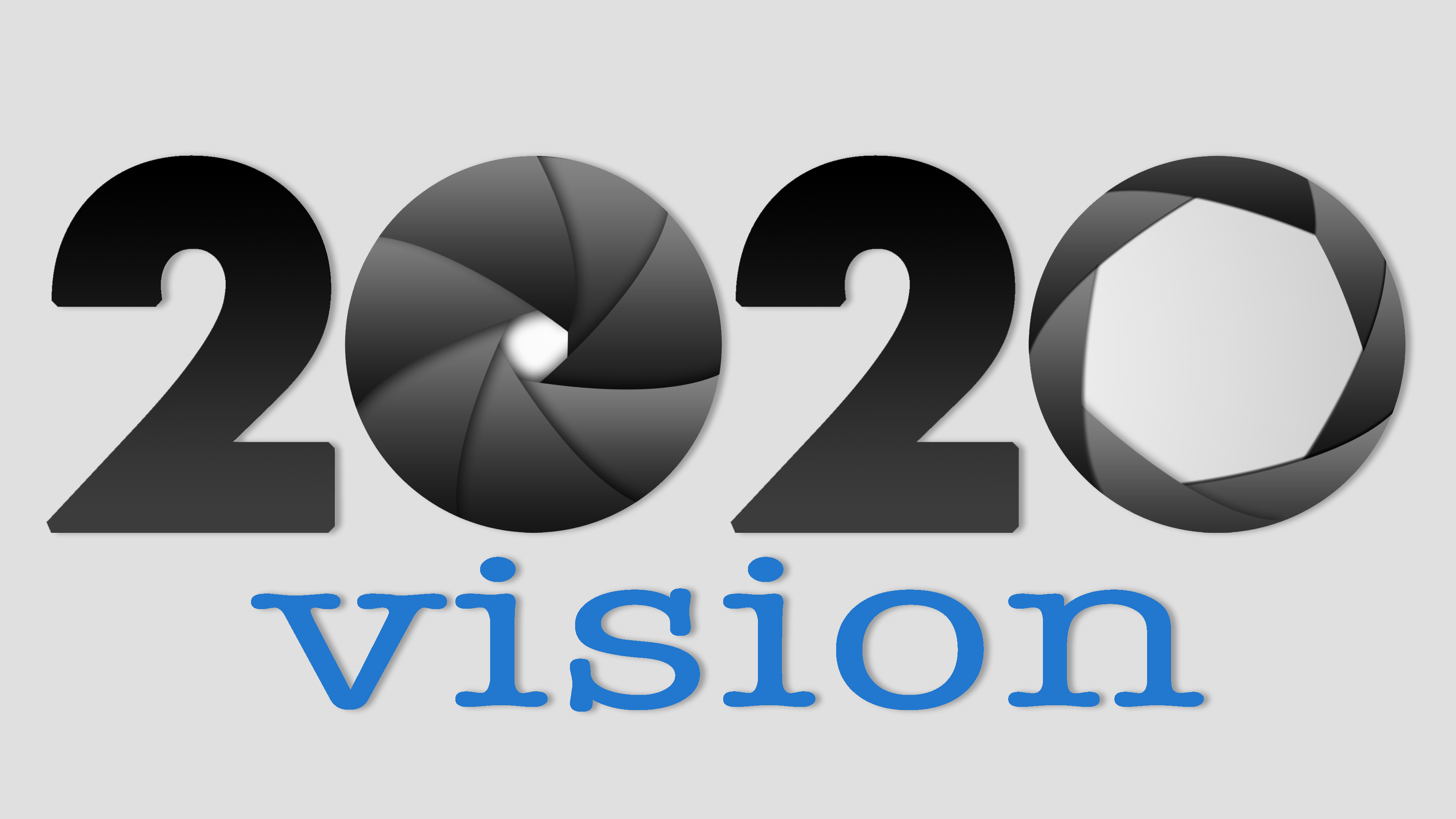
Now that 2019 is almost over, it's time to look towards 2020 and consider what the start of the new decade has in store for us.
While it pains us to say it, the camera market in 2019 was pretty bleak, with depressingly downward trending graphs virtually everywhere you looked. The official statistics have yet to come in, though it looks exceedingly likely that 2018’s patterns will repeat once again – likely in an amplified state.
Tellingly, those figures revealed that 24% fewer cameras were sold, but only 4.5% less money was spent on them. Similarly, while we bought 7% fewer lenses, we spent 5% more on buying them.
So the big takeaway, which the likes of Canon have calculated their financials and strategies around, is that less kit is being sold but consumers are spending more on it – meaning that the market will increasingly focus on high-end and professional-grade cameras and lenses.
It should come as no surprise, then, that we think 2020’s fortunes will be determined in large part by the fate of these big ticket items. So here are our 10 big predictions for the year ahead…
1) Tokyo Olympics will determine the winner

With the fate of the coming year being dictated by high-end cameras, the role of the 2020 Olympic Games in July will be crucial – and will largely set the tone for the decade to come, in terms of who is (and, just as importantly, who is perceived as) the king of the camera industry.
The Tokyo Games will be a direct battleground between the Sony A9 II, the Canon EOS-1D X Mark III and the Nikon D6. Olympus and Panasonic are hopeful that the sidelines will see plenty of Olympus OM-D E-M1X and Panasonic S1 bodies in photographers’ hands, but Tokyo will be a three-horse race. Our money is on Canon continuing to dominate, with Sony cementing its leapfrogging of Nikon for the pros.
Get the Digital Camera World Newsletter
The best camera deals, reviews, product advice, and unmissable photography news, direct to your inbox!
2) Video will be more important than ever

A curious thing has happened in the last couple of years; stills cameras have not only become de facto video cameras, they’ve become some of the best video cameras. Photographers who previously had no interest in cinematography now find themselves able to film 4K videos, YouTube vlogs and website content – and wedding shooters are suddenly able to offer UltraHD footage to their clients.
The Panasonic S1H and Blackmagic Pocket Cinema Camera 6K are leading the way with 6K for dedicated video cameras, with the supposedly still-imminent Sharp 8K Video Camera taking the first prosumer foray into 8K. However, with more stills cameras promising internal 10-bit recording, this is going to be an ever more important factor in buying decisions.
3) CFexpress cards will start to replace SD
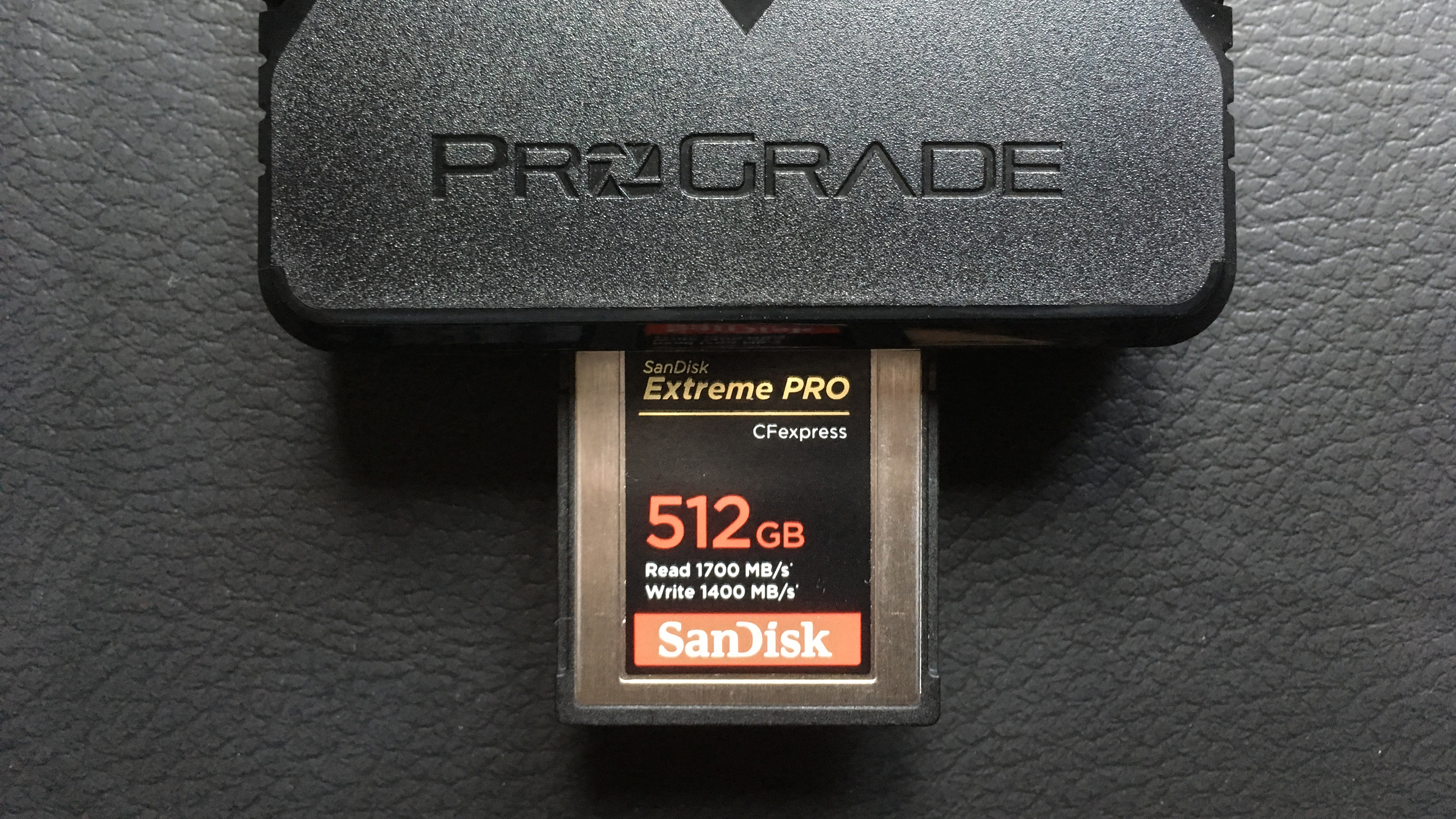
While the Sony A9 II is the most highly specced pro camera on the market today, it may have missed a major trick by sticking with traditional SD cards. Canon already uses the format in the Canon EOS C500 Mark II, and both the 1D X Mark III and Nikon D6 will commit to the next-gen storage cards.
Since CFexpress uses the same form factor as XQD, firmware updates either already have or soon will make the format compatible with a number of existing Nikon, Sony, Panasonic and Phase One cameras or camcorders. And, alluding to our previous video prediction, as more cameras start reading and writing higher quality video and image files, it seems inevitable that the tide will keep turning towards the enormous speed benefits of CFexpress.
4) JPGs will begin to go the way of disco

This one may actually take another year or so to come to fruition, but the winds of change will definitely start being felt in 2020. Much like its switch to CFexpress, Canon announced that it will graduate to HEIF files (which can record double the amount of information as a JPG in the same file size) in the EOS 1D X Mark III.
While the new flagship will still offer JPG as an option, this seems a watershed moment akin to Apple abandoning JPG in favor of HEIF (pronounced "heff") back in 2017. The option to record more images, or images with twice as much data, in the same amount of space will render JPGs redundant – and it will only be a matter of time before the rest of Canon’s product line, and the rest of the industry, follows the 1D X III’s lead.
5) There may be casualties
The camera market has collapsed an astonishing 84% since 2010 – and people are buying fewer and fewer cameras, given that smartphones now rival most ‘proper cameras’ in terms of everyday imaging.
While the big brands aren’t going anywhere, even they aren’t immune; in July Canon reported declines of 55% in both profit and income, with in August Nikon posted a 71% decrease in earnings. The dominant players may be able to absorb these losses, but it’s a big ask for everyone else.
We wonder how the likes of a mirrorless-decrier like Pentax, for example, will weather the storm – especially given that Sigma ceased K-mount production back in September.
6) DSLRs will continue to die

Many prematurely predicted the death of DSLRs in 2019, but cameras like the Canon EOS 90D gallantly fought back. However, in 2020 the trend is only going to escalate – while entry level and mid-range DSLRs are still popular, every major manufacturer now concedes that mirrorless is the future of the industry.
Consequently, we’ll see how wise Canon and Nikon were to stick with pro cameras that have mirrors inside…
7) 60 will be the new 50
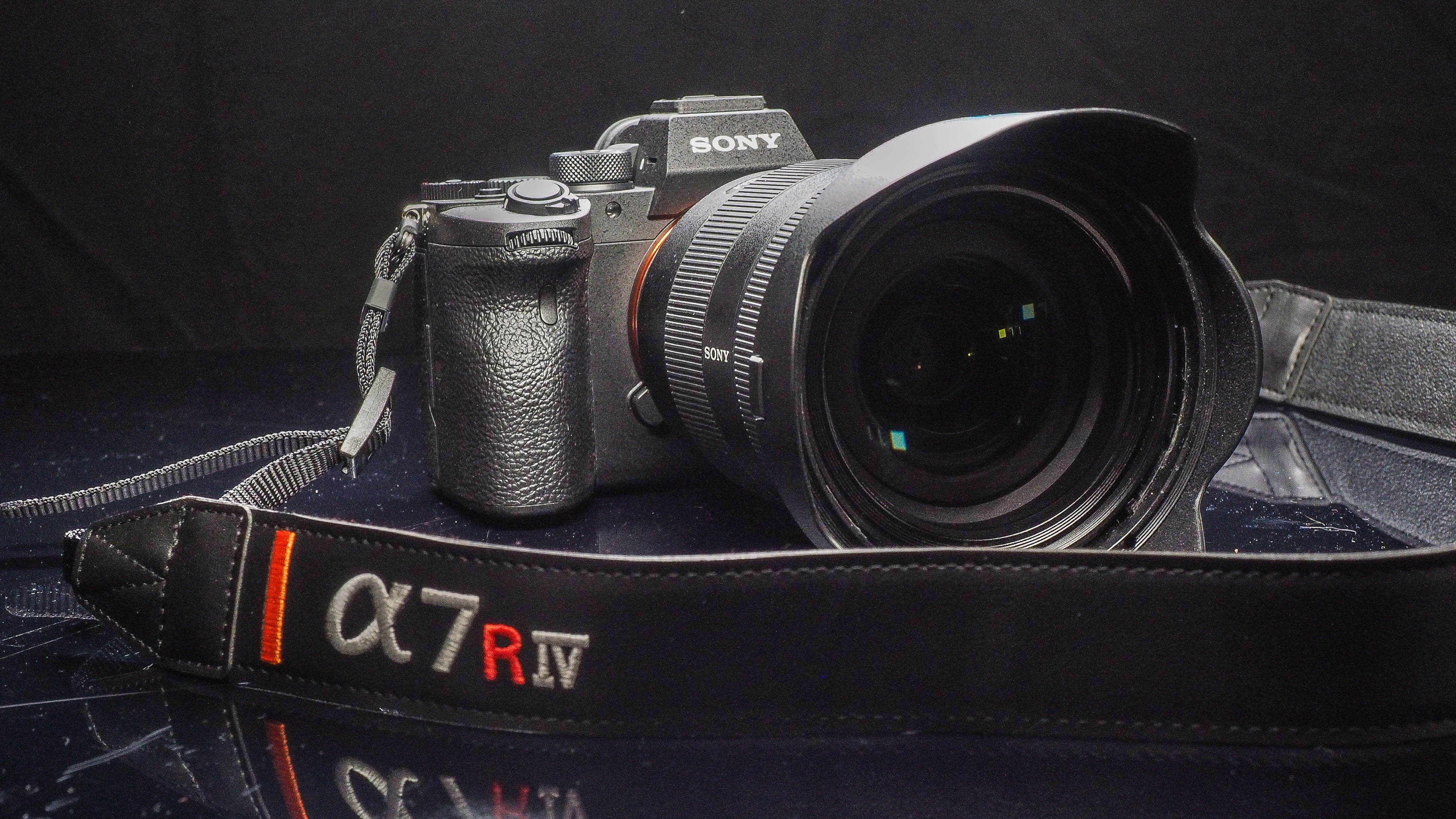
Not that long ago, the Canon EOS 5DS/R was easily the highest resolution 35mm equivalent camera, with its then-massive 50MP sensor. Nowadays, though, 47MP cameras like the Nikon Z7 and Panasonic S1R are relatively dime a dozen – and obviously the Sony A7R IV has already hit 61MP.
With rumors that the Nikon Z8 will boast the same 61MP as Sony, and that the hi-res Canon EOS Rs will top 80MP, the goalposts for resolution will shift significantly in 2020. And that's before we even get to medium format…
8) Mainstream medium format
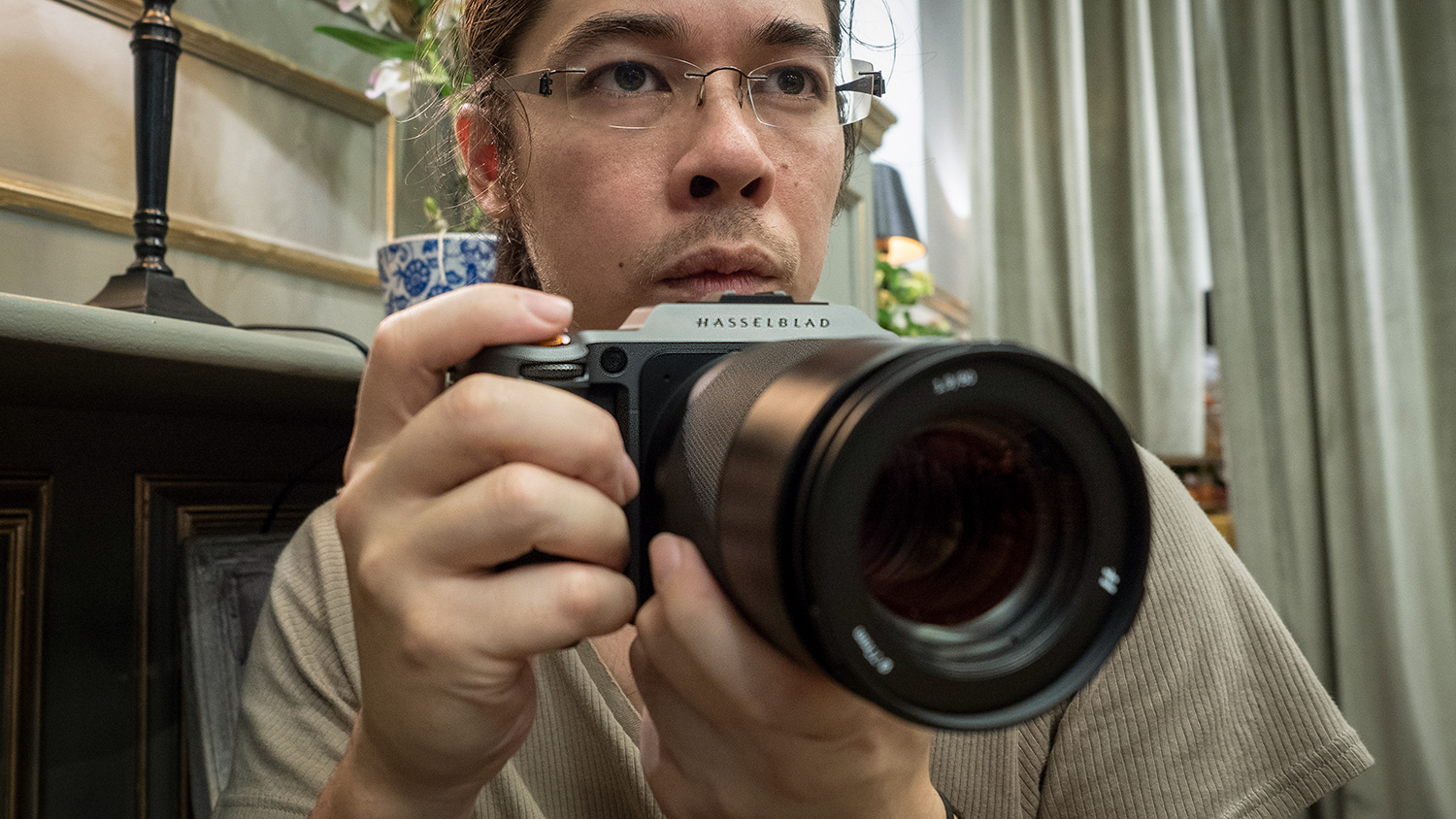
Okay, so $57,000 for the Phase One XT isn't exactly an everyman price. Indeed, even a comparative bargain like the $10,000 Fujifilm GFX 100 is still out of the reach of anyone but high end professionals.
However, Hasselblad and Fujifilm’s "entry level" mirrorless medium format cameras (such as the Hasselblad X1D II 50C and Fujifilm GFX 50R) are more affordable than ever before. We're now getting to the point where a medium format setup isn't that much more than a very high end 35mm camera, so expect to see more and more consumers adopting the format.
9) More boutique lenses
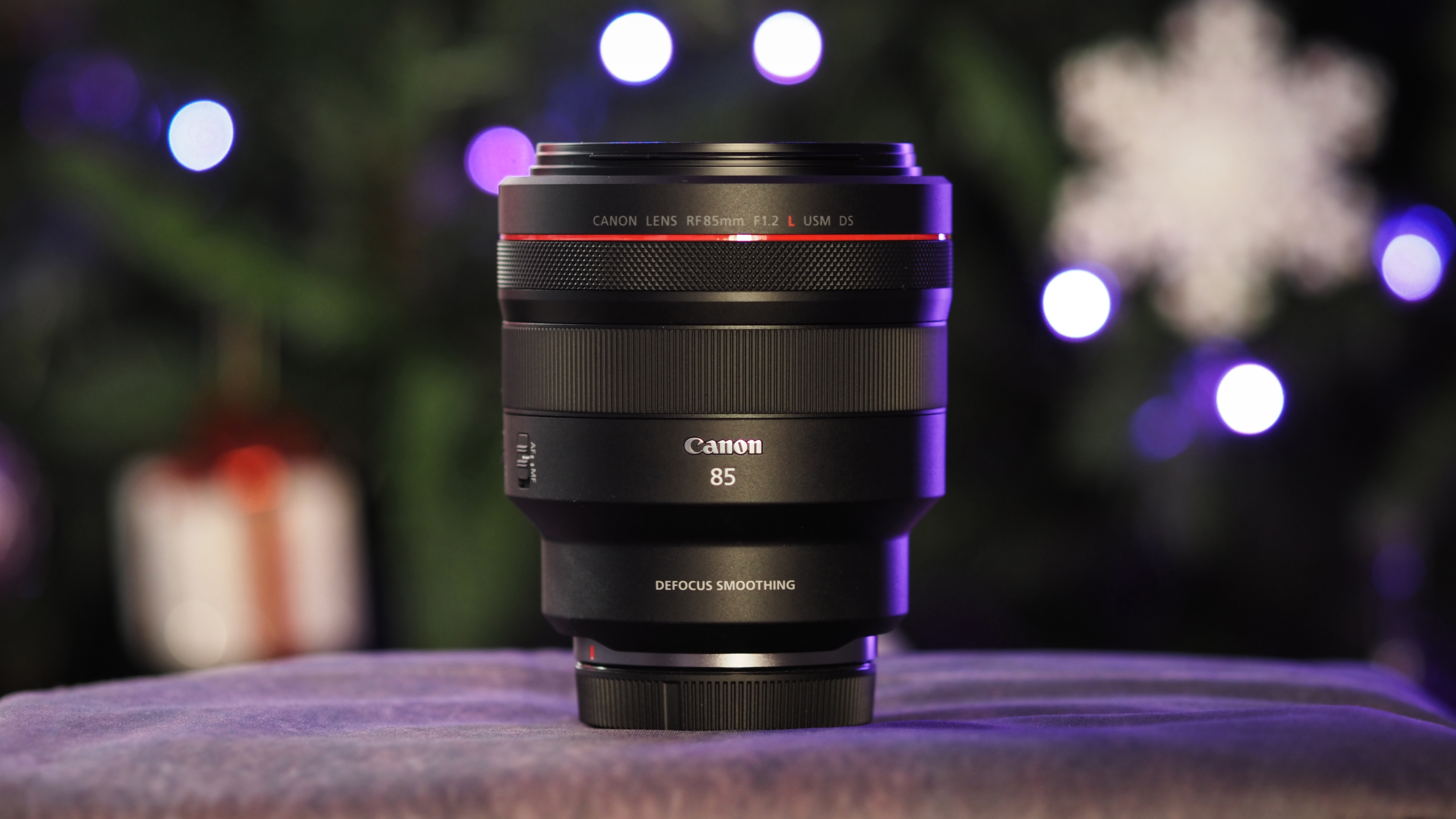
Once upon a time, a macro lens was about as exotic as things got. Now, though, Nikon and Fujifilm are releasing high profile f/0.95 and f/1.0 lenses, and Canon has produced an almost Lensbaby-like special effect lens in the form of its Defocus Smoothing optic – the Canon RF 85mm f/1.2L USM DS.
And Canon has told us that it has more specialist lenses in store, telling us that “We’re going to bring out things you just haven’t seen before”. With everything from a 50-80mm f/1.1 to a 35mm f/1.4 Softfocus lens, we can't wait to see what else it has up its sleeve.
10) Phones will overpower cameras
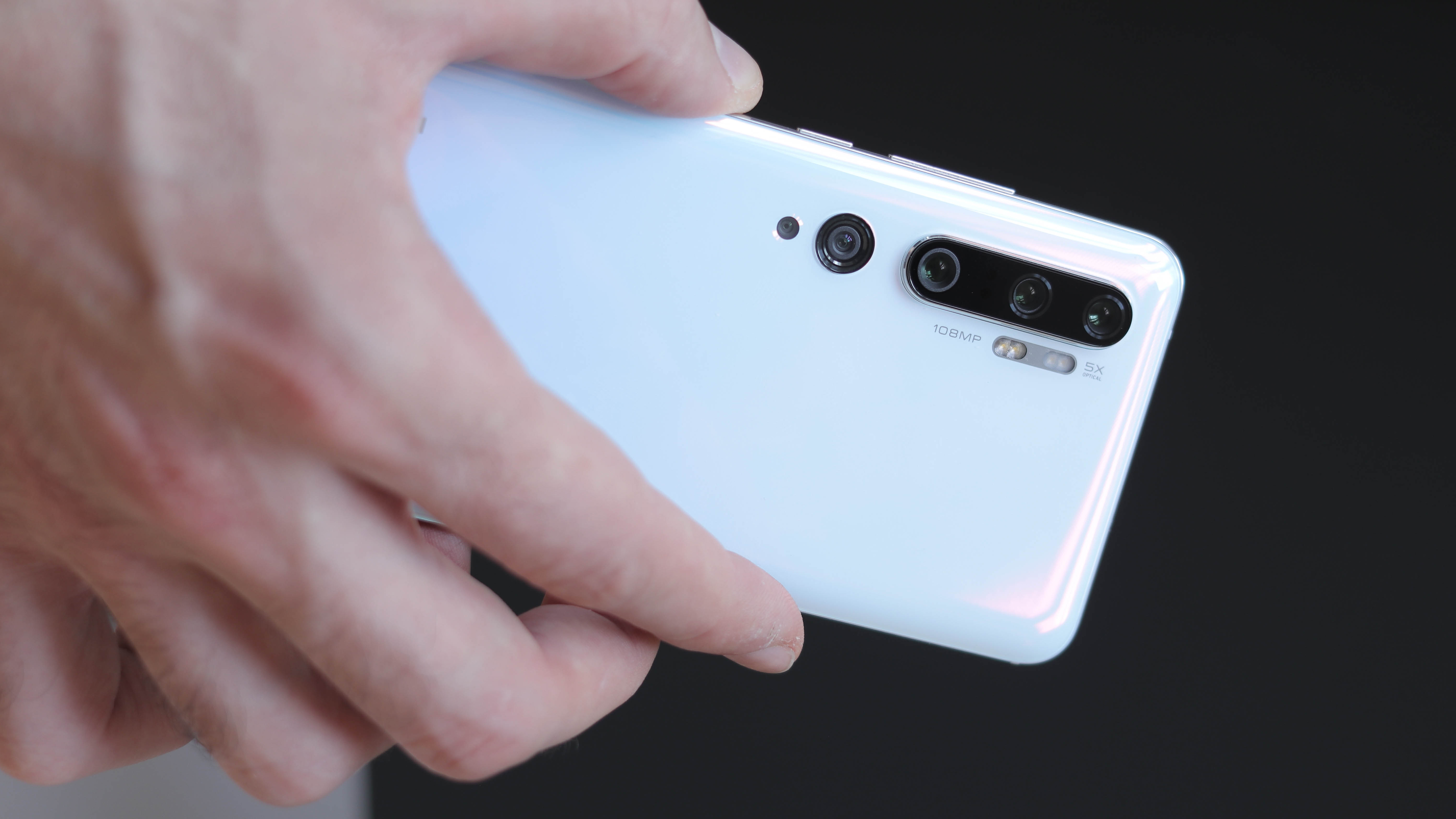
In 2020, phones may start to eclipse traditional cameras – not just in terms of sales (that already happened, ages ago) but in sheer specs. December has already marked the release of the world’s first 108MP smartphone – yes, the Xiaomi Mi Note 10 has more megapixels than the Fujifilm GFX 100.
In 2020 we're going to see an avalanche of 48 and 64MP handsets, as smartphones start to engage in the same megapixel wars that have engulfed the camera industry for the past few years. Now of course, 48 megapixels on a smartphone-sized sensor isn't quite the same thing as 48 megapixels on a mirrorless camera.
Couple it with the formidable (and arguably camera-beating) improvements in software-based processing, as well as video capture, phones are arguably much better jack-of-all-trades imaging devices. And the best camera phones in 2020 will likely give the best cameras a serious run for their money.
The best of 2019
What happened in 2019 – the year in cameras
N-Photo Awards 2019: The best Nikon photo gear of the year
PhotoPlus Awards 2019: The best Canon photo gear of the year

James has 22 years experience as a journalist, serving as editor of Digital Camera World for 6 of them. He started working in the photography industry in 2014, product testing and shooting ad campaigns for Olympus, as well as clients like Aston Martin Racing, Elinchrom and L'Oréal. An Olympus / OM System, Canon and Hasselblad shooter, he has a wealth of knowledge on cameras of all makes – and he loves instant cameras, too.
